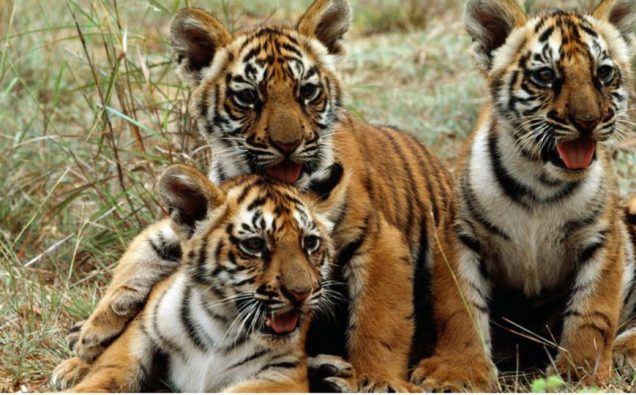
A UN Photo by John Isaac shows tiger cubs in Mysore, India
Big cats are vanishing from Asia at an alarming pace. Soon the exotic animals – may just be found in zoos only or on the pages of jungle books and stories.
About a century ago, some 100,000 wild tigers roamed Asia – a number that has shrunk to 4,000 today.
All the big cats are collectively under threat from habitat loss, climate change, poaching, illicit trafficking, and human-wildlife conflict, the United Nations says.
Their disappearance of the predators was under spotlight this week on the occasion of World Wildlife Day, as Nature and animal lovers frantically call for preservation of the species including cheetahs, pumas and snow leopards that have inhabited Africa to Asia and the Americas since times immemorial.
“These charismatic creatures are universally revered for their grace and power, yet they are increasingly in danger of extinction,”United Nations Secretary-General António Guterres says.
“We are the cause of their decline, so we can also be their salvation,” Guterres reminds humanity of its collective obligation.
The protection of big cats is in line with the UN’s Sustainable Development Goals that seek to end the poaching and illegal trafficking endangered species of wild fauna and flora.
While the UN call is befitting, it is the individual countries that have much to do to save the threatened species as their national duty that must stop illegal trafficking of animals, end poaching and involve local communities for preservation of the animals.

















Thanks for hosting, Sandra! Have a great week!